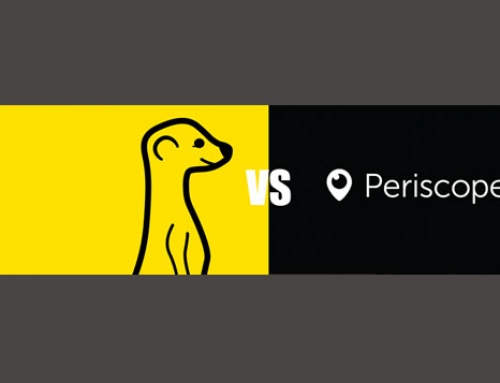Instagram recently announced that the App has passed the 300 million user mark, making it the world’s second largest social media platform, eclipsing Twitter’s 284 million. Although, to keep things in perspective, it’s still dwarfed by Facebook, which has around 1350 million monthly active users*.
What is Instagram doing so right?
If Twitter is about reading what’s new in the world, Instagram is about seeing it. That greater immediacy, and the “picture is worth a thousand words” principle, is obviously very powerful and attractive to users.
It may also mean that there’s just less “noise”. A substantial part of Twitter is taken up with signposting to other parts of the web (for example, people sharing links to interesting articles). That does have its own value, but a user being effectively limited to what’s right in front of them, right now (reshares notwithstanding) does cut back on the overall amount of content each user is likely to be generating.
In addition, Instagram has taken a number of other steps to keep the platform growing, such as:
Regularly offering new features that users love – for example, new filters;
Learning from Facebook in terms of taking steps to eliminate spam and bot accounts
Introducing advertising in a careful and quality controlled way, starting with brands who are already “power users” and know what works well on the platform. Future growth could well depend on how well controlled this continues to be; with video advertising on the way, there’s a huge potential for that to be very intrusive to users who are there to view still images only. If the level of complaints we’re hearing from YouTube users, where the length and volume of adverts has increased significantly over the last year, is anything to go by, there could be trouble ahead there.
As an aside, one can’t help but wonder whether Instagram could have been a little more creative in their monetisation approach. For example, allowing celebrities and power users to charge a subscription to their feeds, and taking a cut; or just partnering with one of the many photo printing services popping up in this space. But I digress…
What does this mean for businesses?
Firstly, that you’ll be seeing the usual blether from many agencies about how this is just another colossal opportunity that businesses should be paying them to get involved with. Funny how all roads lead to the large invoice Rome in terms of new and growing social media platforms.
In our opinion, the reality is more of a mixed bag. For businesses working in a naturally visual environment – making, designing, or working with beautiful things, locations or people: it’s a godsend. They’re being gifted a huge audience, and all they need to do is share what they’re seeing – provided there’s someone available who has basic competence with a smartphone, there’s not even any copywriting involved. Likewise for celebrities in whatever space: what fan wouldn’t jump at the chance to see the world through their idol’s eyes?
For businesses operating in more “mundane” fields – and really, that’s most of us – it’s less good news. Instagram is a much more exacting environment for marketing in than Twitter is; you need a reliable, regular flow of interesting first hand images, or you’re going to struggle. If most of your time is spent in an office, some really creative thinking is going to be needed about how to produce appealing content, and it’s likely to be much harder work because you’re not just constantly seeing interesting “stuff” in the course of an average day. That’s not to say it can’t be done, of course, but on the whole Twitter is likely to be a more natural fit and easier to provide value to your followers.
What should I be doing?
As with all social media platforms, if you’re thinking about using it for commercial purposes, the best advice is to get to grips with it personally first. Set up your own account, find things that interest you, get a real feel for what makes it tick. Then ask yourself the hard questions about who might be interested in the world through your business’s eyes, and what they would need to see from you to make it engaging.
* source: Socialbakers.com



Leave A Comment